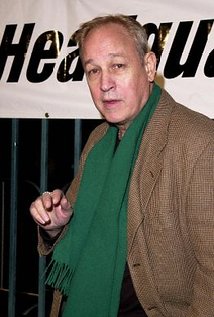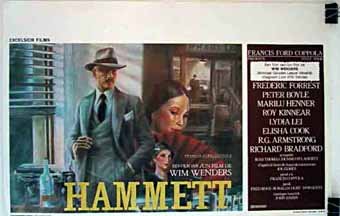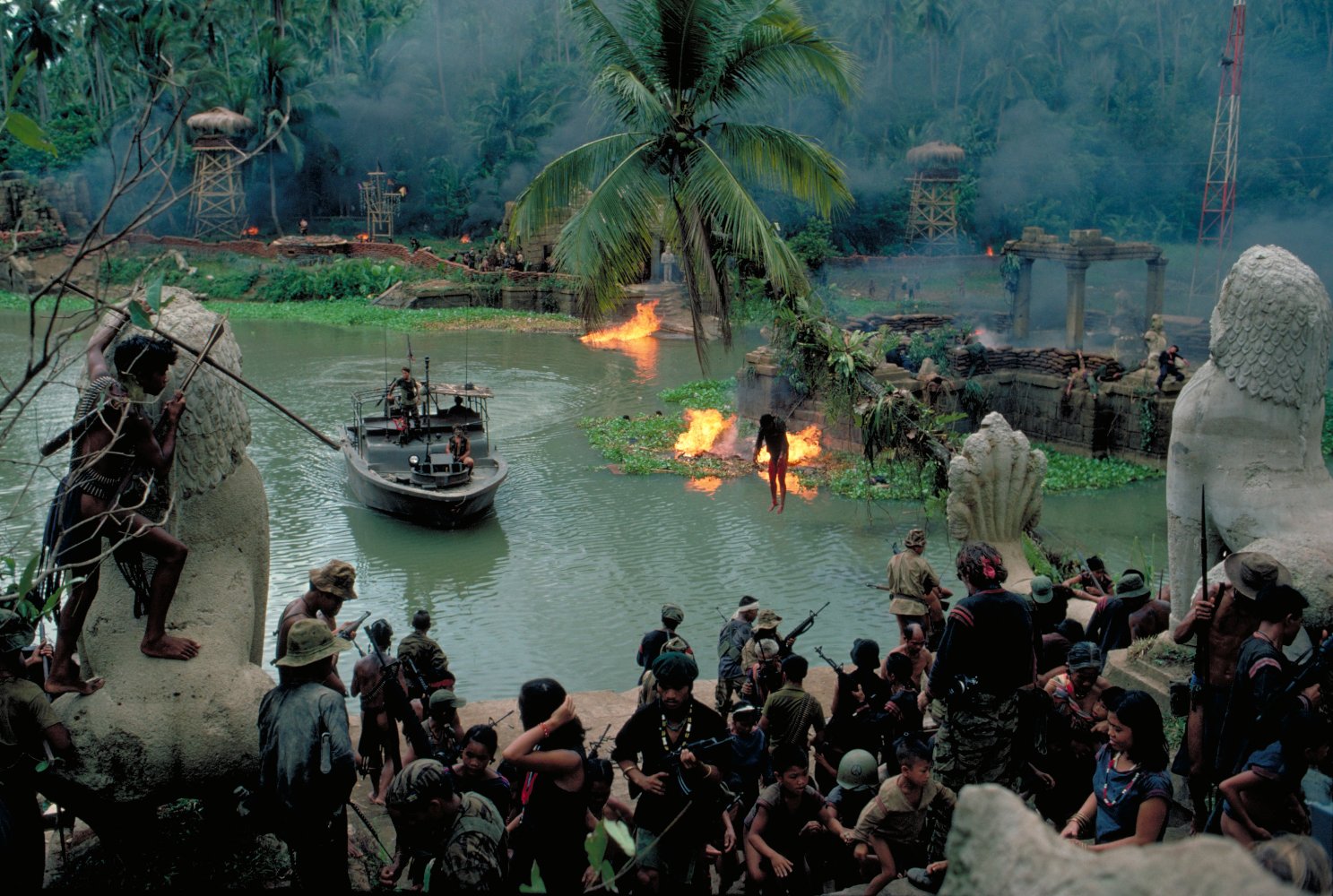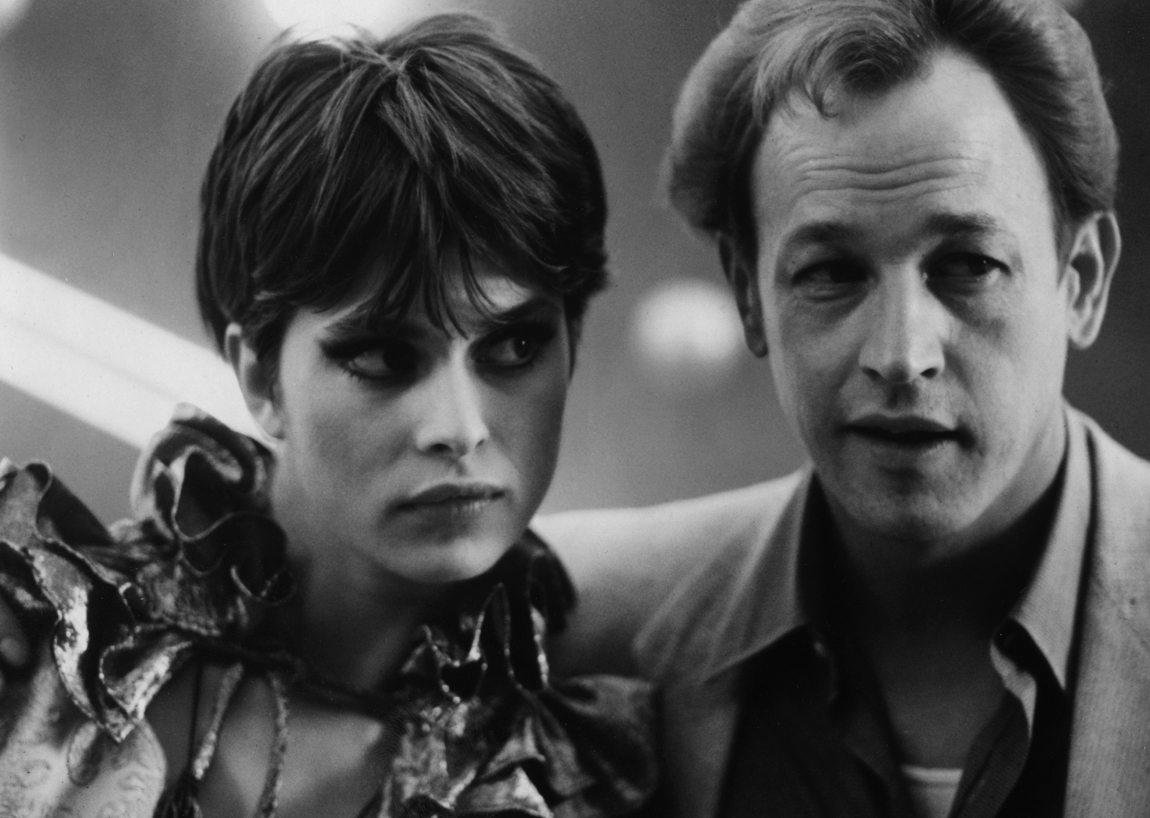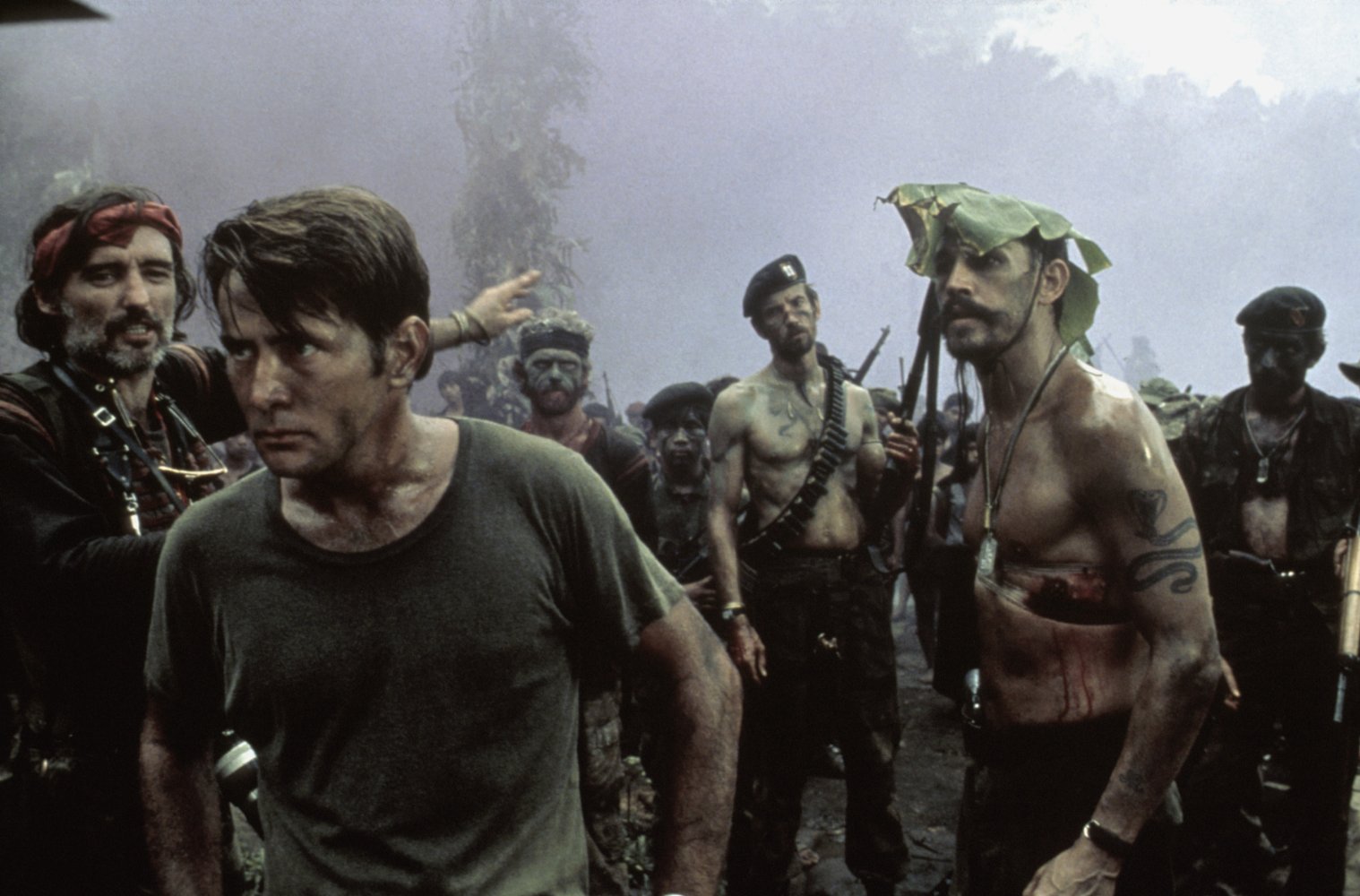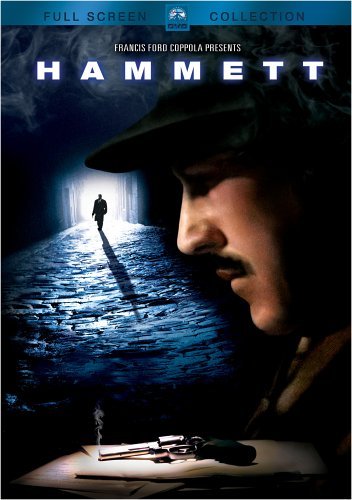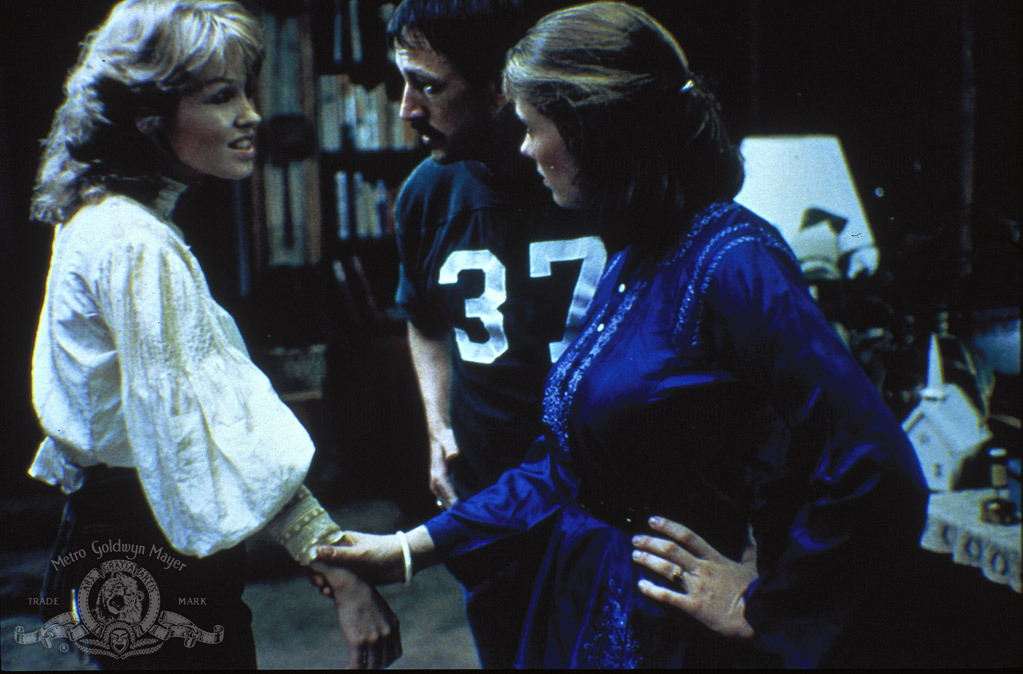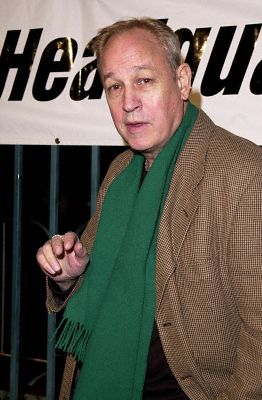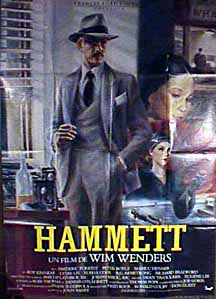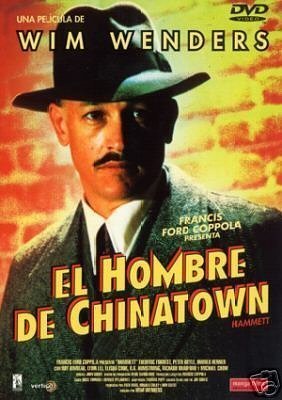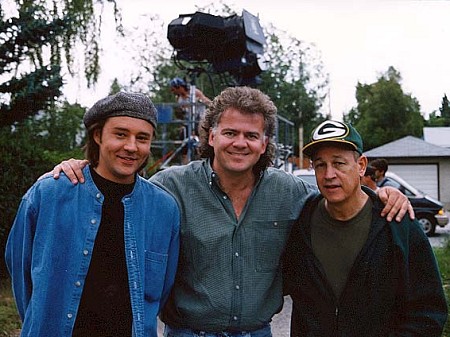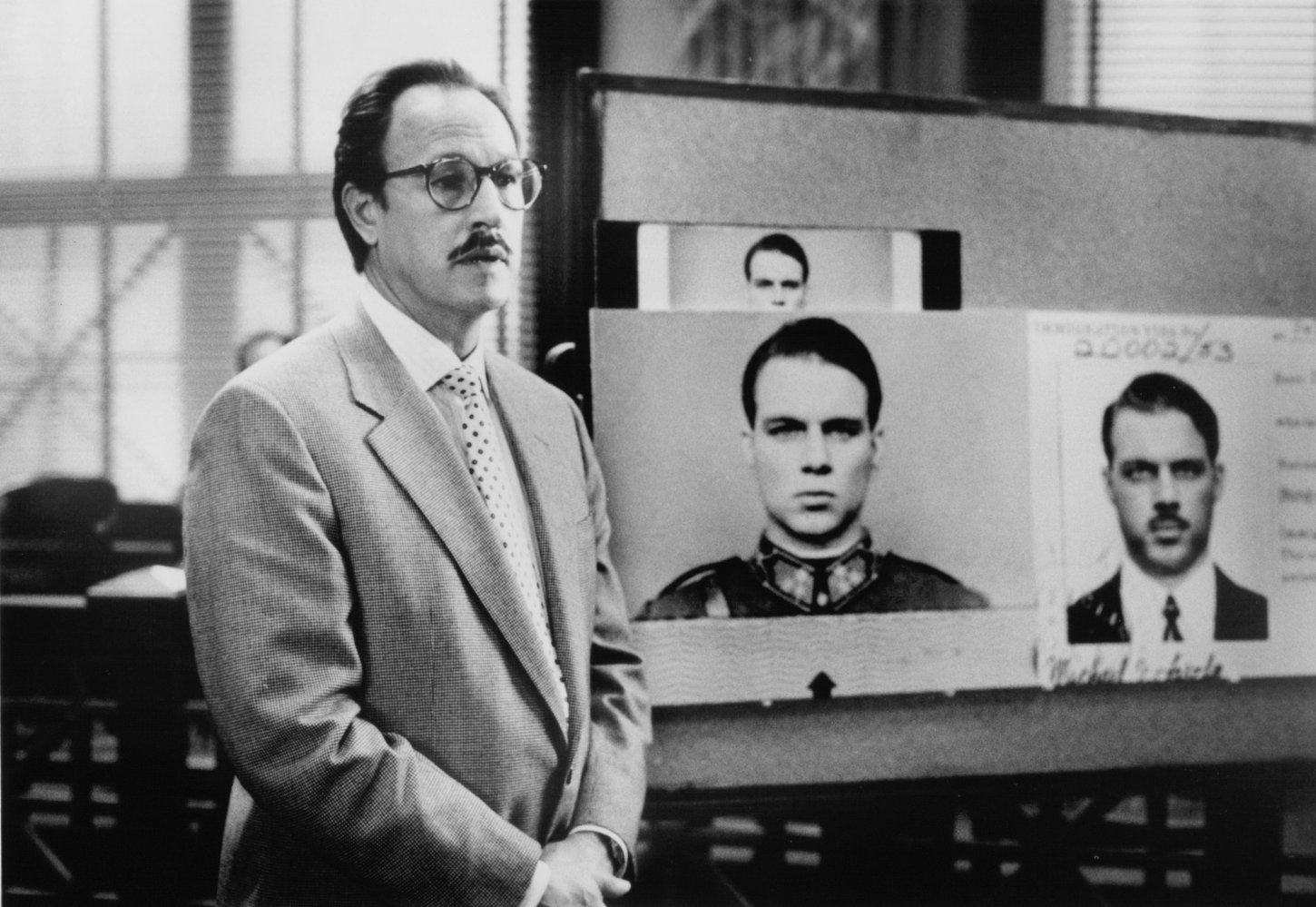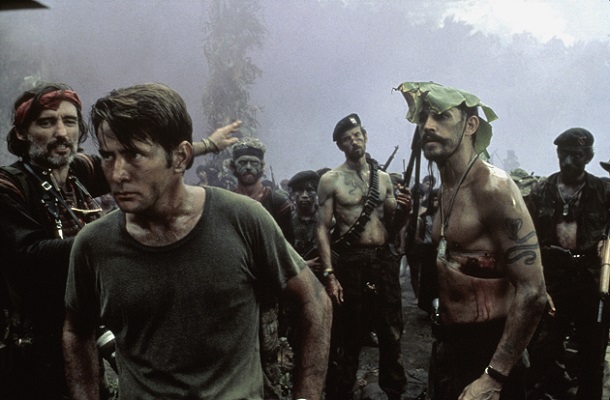Frederic Forrest, the Oscar-nominated character actor, was born two days before Christmas Day 1936 in Waxahachie, Texas, the same home town as director Robert Benton. Forrest had long wanted to be an actor, but he was so nervous that he ran out of auditions for school plays. Later, at Texas Christian University, he took a minor in theater arts whil...
Show more »
Frederic Forrest, the Oscar-nominated character actor, was born two days before Christmas Day 1936 in Waxahachie, Texas, the same home town as director Robert Benton. Forrest had long wanted to be an actor, but he was so nervous that he ran out of auditions for school plays. Later, at Texas Christian University, he took a minor in theater arts while majoring in radio and television studies. His parents opposed his aspirations as a thespian as it was a precarious existence, but he moved on to New York and studied with renowned acting teacher Sanford Meisner. He eventually became an observer at the Actors Studio, where he was tutored by Lee Strasberg. During this time, he supported himself as a page at the NBC Studios in Rockefeller Plaza.His theatrical debut was in the Off-Broadway production of "Viet-Rock", an anti-war play featuring music. He became part of avant-garde director Tom O'Horgan's stock company at La Mama, appearing in the infamous "Futz", among other productions. He made his uncredited debut in The Filthy Five (1968), a low-budget movie directed by sexploitation auteur Andy Milligan, but he racked up his first credit in O'Horgan's very bizarre screen adaptation of Futz (1969), a satire about a farmer who falls in love with a hog.After starring in the off-Broadway play "Silhouettes", Forrest moved with the production to Los Angeles, intent on breaking into movies. While the production ran for three months and was visited by agents bird-dogging new talent, Forrest got no offers and had to support himself as a pizza-baker after the show closed. Eventually, he began auditing classes at Actors Studio West, and director Stuart Millar saw him in a student showcase production of Clifford Odets' "Watiting for Lefty" and cast him in When the Legends Die (1972). He copped a 1973 Golden Globe nomination as "Most Promising Newcomer - Male" for the role, losing out to Edward Albert in Butterflies Are Free (1972). For the first time in his film acting career, Frederic Forrest looked like he was poised for stardom.His follow-up picture, the pitiful The Godfather (1972) rip-off The Don Is Dead (1973), did nothing for his career, although a small part in "Godfather" director Francis Ford Coppola's The Conversation (1974) would later pay dividends. Except for a small role in the disappointing The Missouri Breaks (1976) and his TV turn as Lee Harvey Oswald in CBS' Ruby and Oswald (1978), Forrest had little to show in the first part of his career. Coppola was about to change that.Playing "Chef Hicks" in Apocalypse Now (1979) garnered Forrest the best notices of his career, and he parlayed that into Academy Award and Golden Globe nominations as Best Supporting Actor for The Rose (1979), his second hit that year. He was named Best Supporting Actor by the National Society of Film Critics for both films, and once again he seemed poised on the verge of stardom. Like the first time, stardom did not come.His aspirations were to do quality work and play a romantic lead. "I would like to not have to fit into somebody else's story and have my scenes cut because I'm too strong", he told a journalist circa 1980. "And next time, I'd like to get the girl instead of the horse".He did get the romantic lead he pined for, but it was a case of "Be careful what you wish for, as you might just get it". Coppola, so instrumental in propelling Forrest into the first rank of character actors, cast him as the romantic lead in One from the Heart (1981), a picture that proved to be one of the great financial debacles of all time. It bankrupted Coppola's studio, American Zoetrope, and engendered a fierce backlash against the director and the film in Hollywood.Forrest and co-star Teri Garr were both egregiously miscast in Coppola's re-imagining of the musical due to the simple fact that neither could sing or dance and had no place in any kind of musical, traditional or re-imagined. Coppola reportedly never came out of "Silverfish", the Winnebago-like trailer he had transformed into a control center from which he directed the film via television monitors, a first in the industry. For his masterpieces The Godfather (1972), The Godfather: Part II (1974) and Apocalypse Now (1979), he had left the visuals in the very able hands of his cinematographers, Gordon Willis and Vittorio Storaro. Coppola was a first-rate screenwriter with a sure hand, eliciting performances from actors as notoriously difficult as Marlon Brando and Al Pacino, but by locking himself away from the set in a trailer to oversee the visual scope of his picture, there was little he seemingly could do to prevent the floundering of his two leads. More concerned with technology than his actors, he lost his touch. One from the Heart (1981) turned out to be a disaster and, except for one more lead in a Coppola-produced film, Wim Wenders' underwhelming Hammett (1982), Forrest's career as a leading man was through.In 1983, he played a supporting role in Valley Girl (1983) in an unmemorable performance, a role that could have been played by any actor, something one couldn't say about his "Chef" in Apocalypse Now (1979). Chef had been as essential to the success of the film as had Martin Sheen's Willard and Brando's Col. Kurtz. Increasingly, Forrest began appearing on television and, by 1987, was in the cast of the series 21 Jump Street (1987) on the new Fox TV network, lasting only one season before being ignominiously replaced by Steven Williams. In addition to an appearance in the mini-series Lonesome Dove (1989), Mr. Forrest's fine portrayal of "Lomax" in Die Kinder (1990), showed the ability which has been too often unrealized.
Show less «

